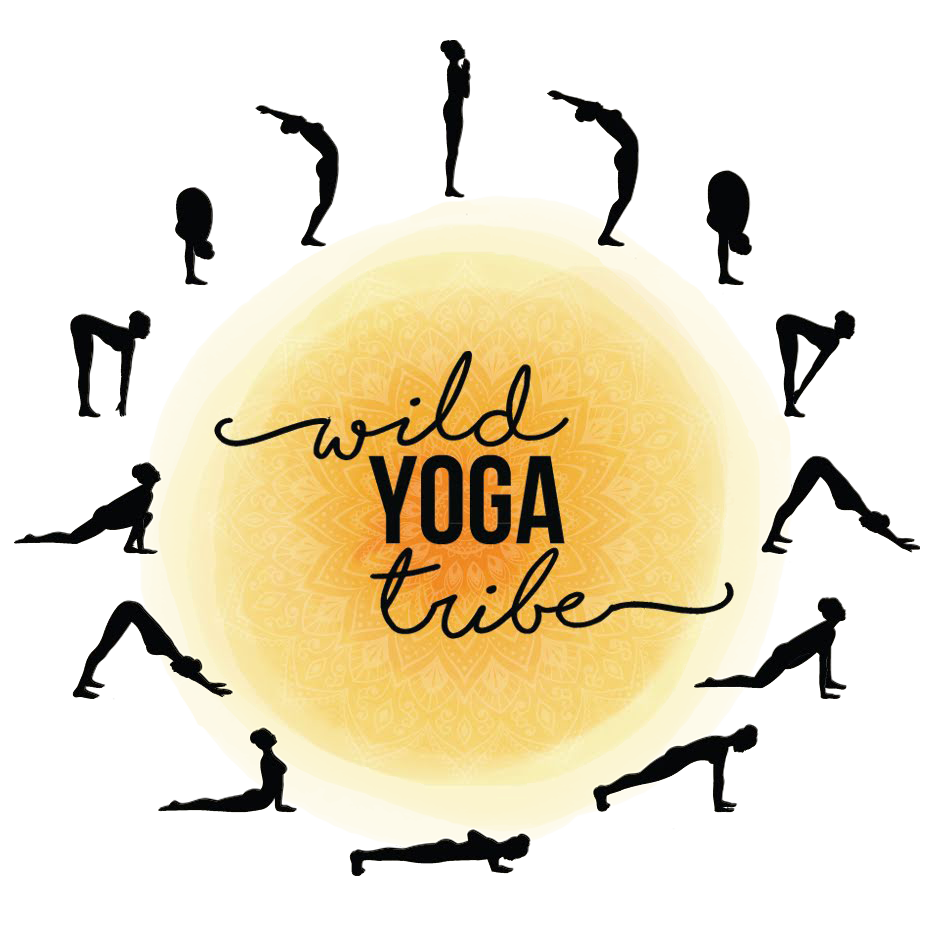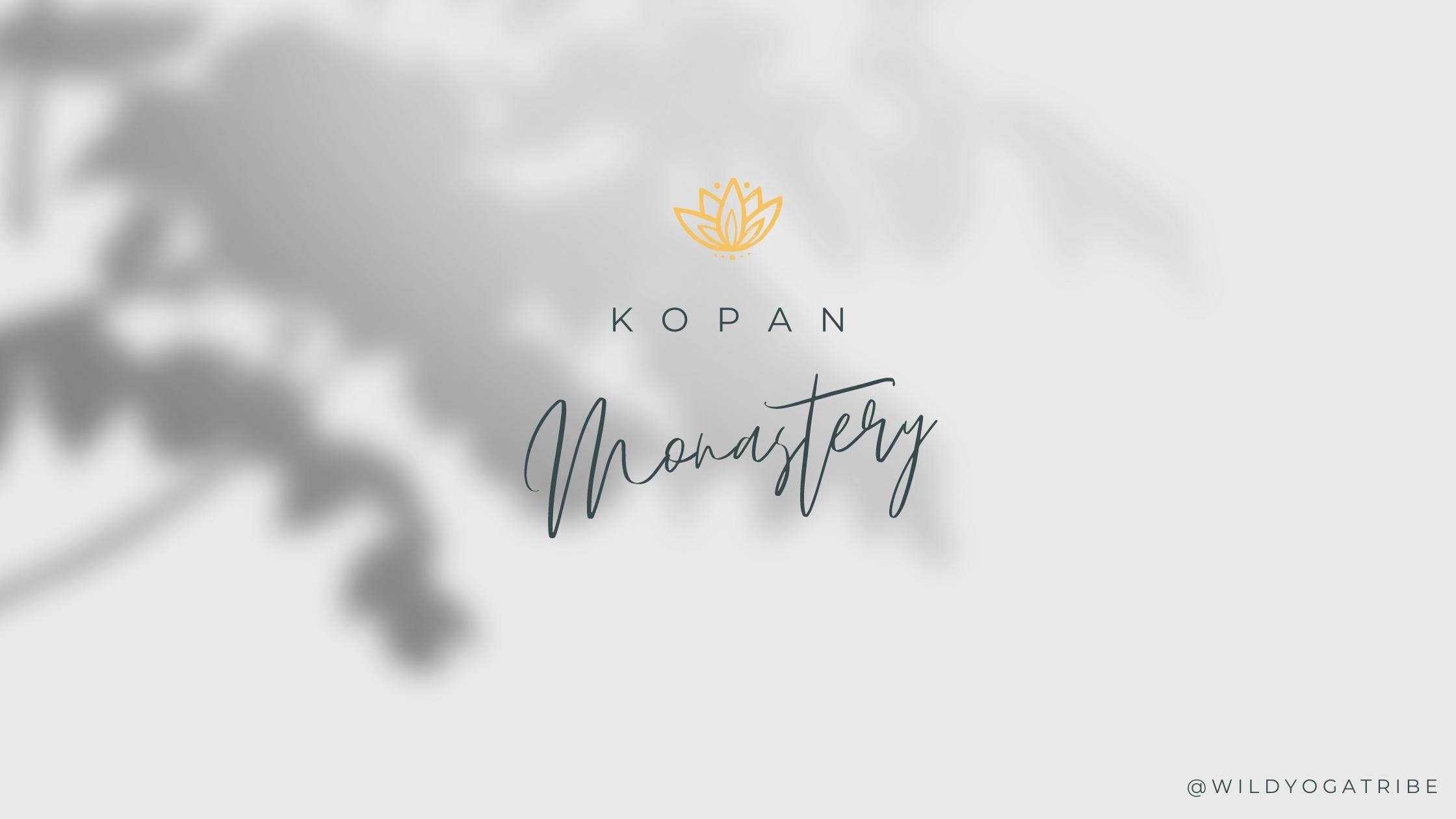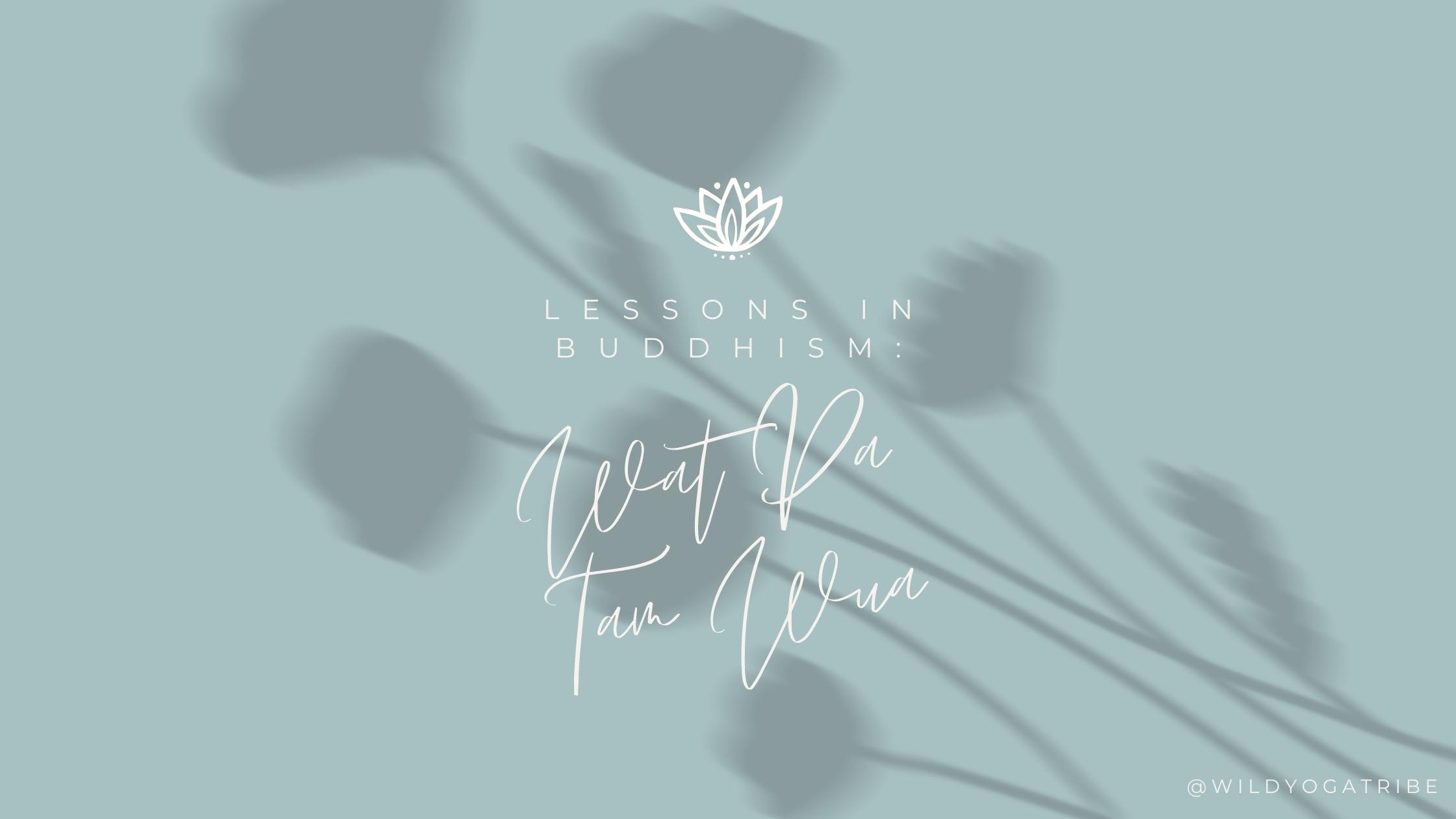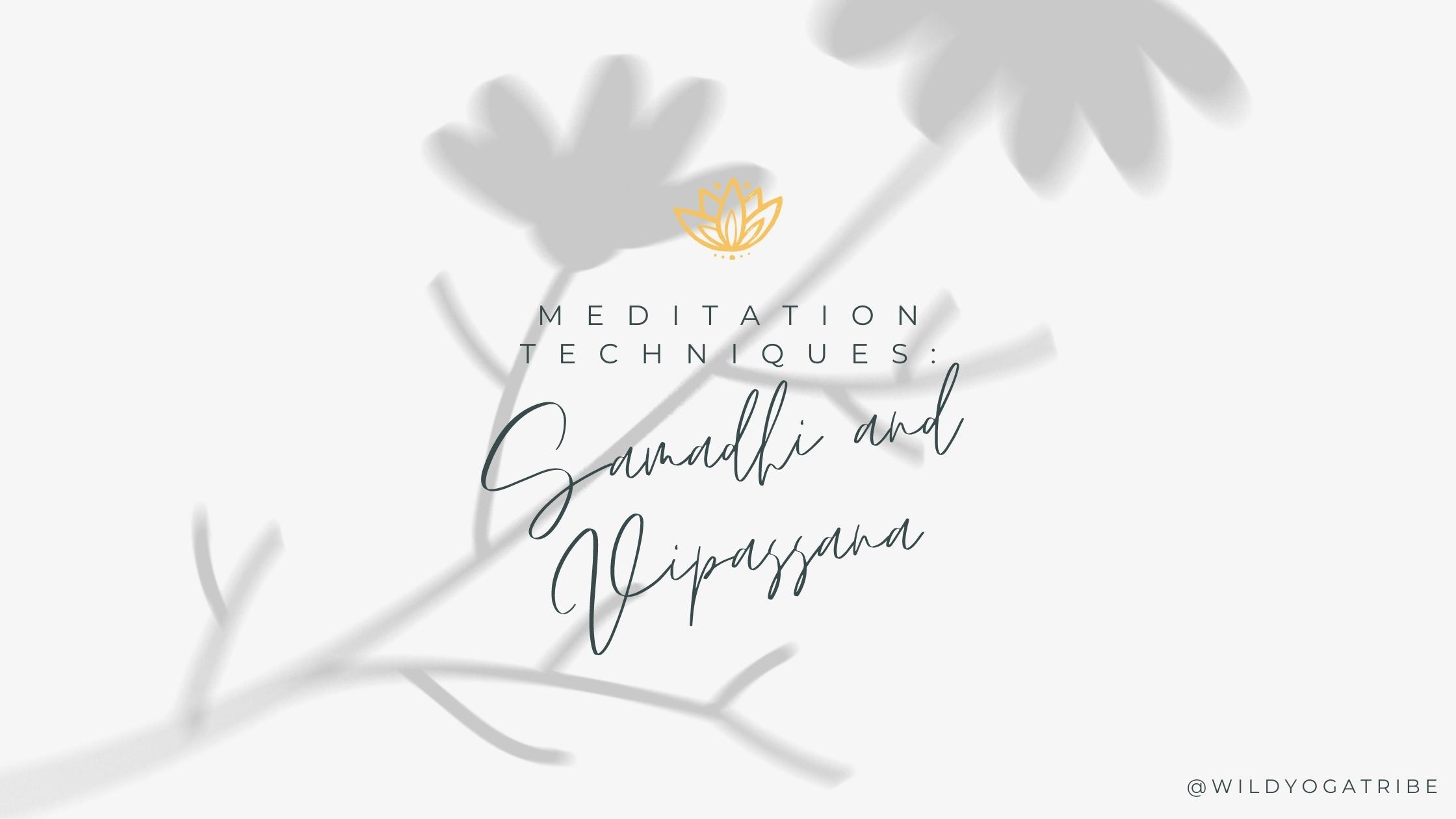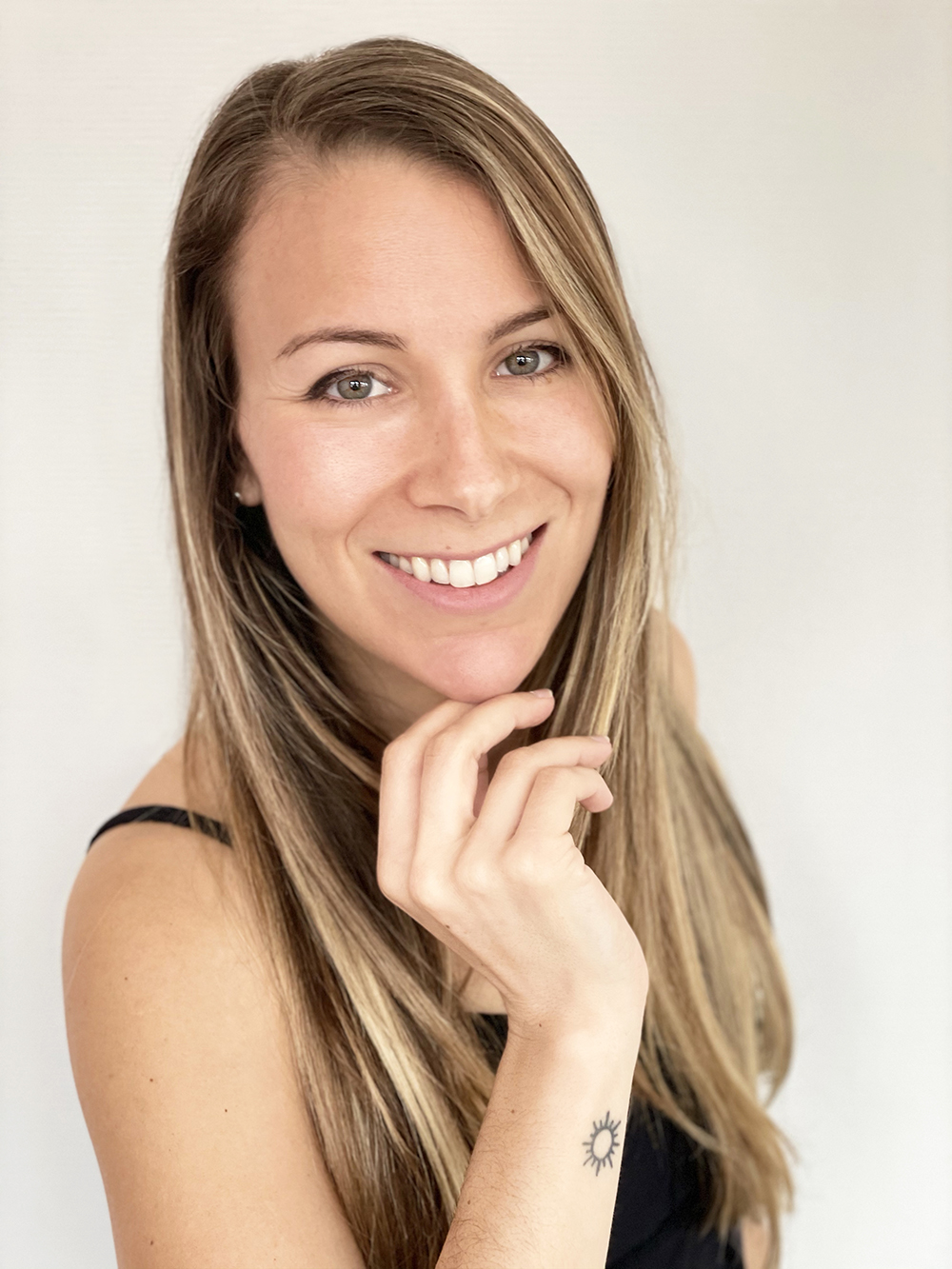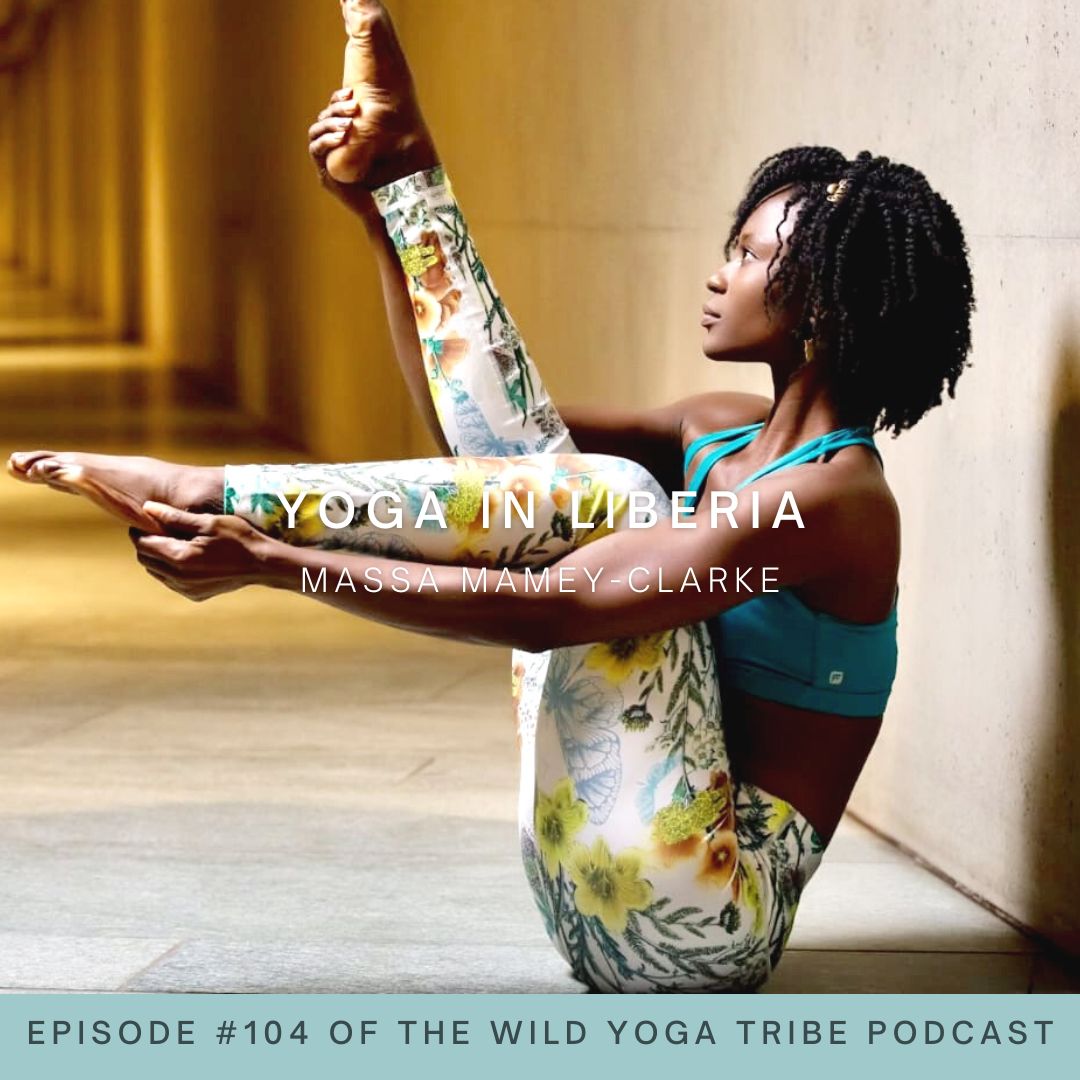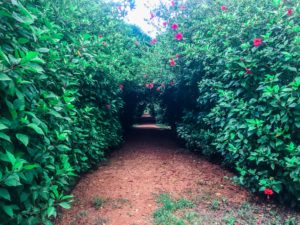
What Is Vipassana?
Vipassana is an ancient meditation technique that the Buddha taught more than 2500 years ago. This technique has been carefully preserved and passed down through generations. Vipassana translates to seeing things as they really are. It is known as the “Art of Living,” as it teaches each individual how to live a life with clarity and awareness.
The technique of Vipassana became widespread all over the world in recent years as S.N. Goenka, a Burmese-Indian meditation teacher who began teaching Vipassana in the 1969. By 1988 he had already taught thousands of students the art of Vipassana. He established Vipassana centers, with highly structured ten day residential courses.
Students are expected to adhere to strict schedules that include ten hours of seated meditation a day, only two meals served per day at 6:30am and 11:00am, and upholding complete silence. Silence includes not only no speaking, but no gestures and no eye contact as well. Wake up is 4:00am and bedtime is 9:00pm. Participants in the ten day course learn the the meditation techniques through recordings made by S.N. Goenka himself. All students are instructed by S.N. Goenka through his recordings and videos and then small amounts of additional instruction are provided by assistant teachers that are physically present at each centre.
Vipassana courses are always free of charge. Accomodation and meals are provided for made free via the donations of past students. Today, there are 310 Vipassana centers in 94 countries.
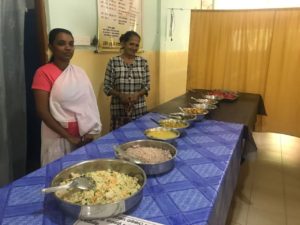
Where I Completed My Vipassana Course
I completed my Vipassana at Dhamma Anuradha in Anuradhapura, Sri Lanka during June 2018. There were approximately thirty other students, of all ages and backgrounds, from all different countries. Around half of the students were from Sri Lanka.
I feel called to write about my Vipassana experience, however it is such a profoundly individual experience that I hesitate to give too many specific details. I will say that completing 100 hours of meditation in 10 days is as intense as it sounds. 4:00am wake-up and 9:00pm bedtime with highly structured days, no free time, no speaking, no books, no yoga, no pens, no paper, no phones, no computers, no anything that could possibly serve as a distraction is just as difficult as it sounds. Without any new stimulation whatsoever, the mind is forced to turn only inwards. There is no new stimuli to focus on, only the self. The self is the only thing to gaze into. With such an intense gaze, one learns things about the truth of one’s own mind, how it operates, how it reacts, how it craves comfort, how it pulls away from pain. Everyday, new lessons were learned through the recordings of S.N. Goenka, which was the only new stimuli introduced, and through observing my own mind.
After 50 hours, every thought you could possibly think has been thought. Your mind is empty of problems to solve and memories to draw near. Patterns emerge. You begin to realize how you react to things. One of the main points of Vipassana is do not crave comfort and do not feel aversion to pain. Both sides of the same coin, craving and aversion cause suffering. Vipassana teaches that you must accept things exactly as they are, precisely and absolutely as they are, for only then will you be free from suffering. We must accept the law of nature: everything changes. Just as a pain in our leg or back will pass if we do not react to it, everything in life will pass too if we do not energetically engage with it. The only cause for suffering is the sensations in our own body. This is difficult to unravel, and to articulate succinctly, but essentially what that means is that when we feel craving or aversion and react to it, physically sensations occur whether aching in the pit of our stomach, tightening in our chest, tensing our shoulder–physical reactions occur. If we simply learn to accept “annica,” the impermanence of everything, then no reaction occurs, therefore no sensation occurs and no suffering is created in our bodies, and therefore our minds. A bit convoluted, but hopefully maybe just clear enough.
Vipassana Lessons
S.N. Goenka gives this story: If the earth is covered in glass and thorns, you can either spread leather across every inch of the path you walk on, constantly throwing and spreading leather everywhere you go. Or you can put leather on your feet and protect yourself from the glass and thorns. Vipassana is the art of learning how to shield yourself from suffering. Rather than attempting to change everyone and everything else in the world, you can only change– and protect– yourself.
My ten day Vipassana course provided me the tools to learn how to accept the impermanence of life and how to not react to sensations whether positive or negative. It also allowed me the opportunity to get to know myself in a profound way. Vipassana was a deep dive into the depths of the mind, and a mirror to reflect on my individual truth of being.
Albeit difficult, I think every being would greatly benefit from learning Vipassana. If you are interseted in finding a Vipassana center, please visit www.dhamma.org
